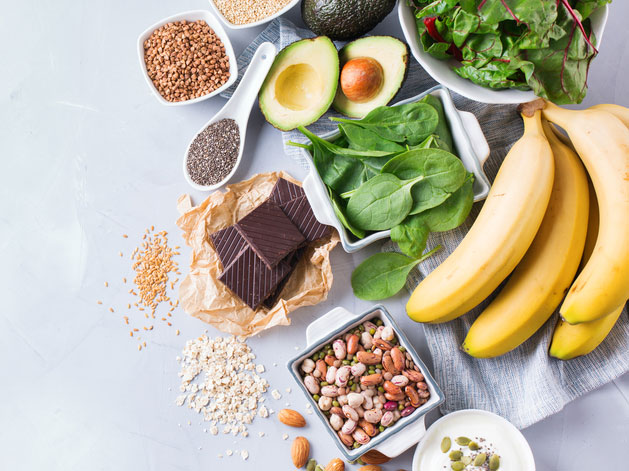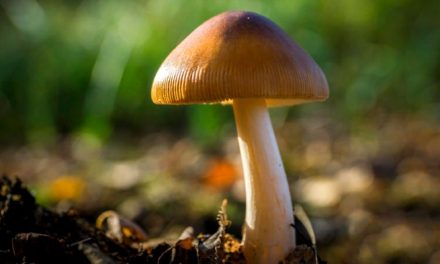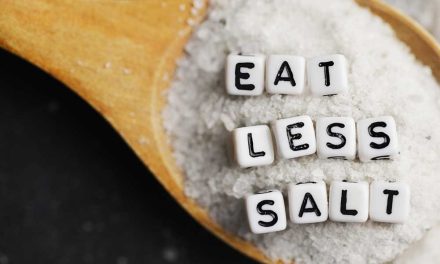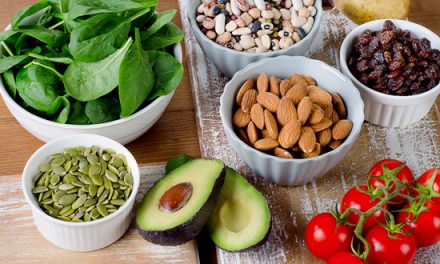“It has always raised controversy due to the possible associated deficits, but if it is well planned and balanced with high-quality foods, it can be beneficial, reduce cardiovascular risk, balance cholesterol levels and improve the intestinal microbiota, due to the consumption of fiber of origin vegetable, “explains Sonia Peinado, IMEO nutritionist. It allows for a loss of between 1 and 2 kilos a week if vegetable oil is restricted.
Intermittent fasting diet
It consists of introducing periods of fasting within a balanced diet that can last 12, 16, or more hours a day without exceeding 48 hours in a row. “If we practice intermittent fasting, it is very important to have an adequate nutrient intake throughout the day so as not to lose muscle mass or put our health at risk with a rebound effect in the short and medium-term,” they warn from the IMO.
Consume products that have undergone the least possible processing. That’s what the Realfooding diet is based on. Go back to the origins. Eat natural products such as fruits, vegetables, meat, and fish.
Volumetric diet
“Here, dishes that reduce appetite are usually served first or before the main meal, such as a salad of broad-leaved vegetables or defatted broth,” they explain from the IMO. “The most watery foods and cooked foods are prioritized, such as infusions, cooked cereals, fruits, vegetables, soups and stews that allow to ingest more volume than others and increase satiety.”
The paleo diet is based on the idea of eating as our hunter-gatherer ancestors did. “Eat like cavemen.” The theory behind the paleo diet is that the introduction of grains such as wheat, barley, rice, and corn into humanity’s diet is at the root of many of the chronic diseases experienced by today’s society. Grains have been part of the human diet for thousands of years, but when compared to our entire existence, grains are only part of a small part of our existence, almost 1% of it, nothing else.
The logic behind this thought is that we are more apt to eat these foods than our ancestors ate because we could adapt to this diet over millions of years, and in this way, it becomes easier for our bodies to assimilate them without creating problems.
However, eating paleo has very broad parameters. There are different hunter-gatherer diets. For example, the Inuit are an Arctic culture, and their diet consists primarily of meat and fat, with very few vegetables and fruits. On the other hand, there are other cultures closer to the tropics, whose intake of carbohydrates such as fruits and tubers was much higher, reaching almost 50% of their calories from these foods. https://pubmed.ncbi.nlm.nih.gov/21745624/
Profits:
All the benefits of the paleo diet are due to avoiding foods that have been shown to cause illness in most of the population.
Avoid gluten, and there is already a lot of evidence suggesting that gluten consumption is problematic for the digestive system. This protein causes a problem called intestinal permeability, which in essence causes is that the intestine allows unwanted toxins to pass into the blood, in addition to generating sensitivities in people, which can cause symptoms such as acne, headaches, anxiety, and depression, among others.
Avoid processed foods: we have already talked about the problem of processed foods; you can check our article about why diets do not work. But practically, by leaving processed foods, in addition to eliminating several chemicals that are harmful to health, you will also avoid these foods that are designed to be highly addictive. This way, you can better manage your cravings and stay more satiated.
What about dairy?
Some people include dairy on the paleo diet. Of course, as a condition, these dairy products must come from grazed animals and raise ethically. As they are grazing animals, it is avoided to consume the antibiotics and hormones used in industrial livestock. As long as you do not live in the United States or Argentina and do not consume imported dairy, your dairy is most likely free range. However, it must be borne in mind that more than 50% of the population is lactose intolerant; if you are not from this group, there is nothing wrong with adding dairy from time to time in your diet.
What’s wrong with it?
The paleo diet is one of the most popular worldwide; even many modern diets are based on the paleo diet, thanks to its great benefits. It is very difficult to take negative points from a diet based on real foods, but I can name some of the common errors that people who follow the paleo diet eat.
They forget about vegetables: despite including a wide variety of vegetables, the paleo diet has always been linked to diets such as ketogenic and carnivorous. This is because it defends the consumption of saturated fat, which challenges one of the most important arguments of the vegan diet followers. By including animals and the saturated fats that this entails, it is almost like a declaration of war against veganism, and consequently, a much more carnivorous diet can become, leaving behind all that amount of benefits that the plant kingdom offers us.
Dr. Mark Hyman, a functional doctor, in the middle of an interview with two other doctors, Joel Kahn, a vegan cardiologist, and Frank Lipman, a doctor who defends the ketogenic and paleo diet, came to make a very important reflection, where he said that these diets have more in common than cons. Hyman claimed that he was on a diet that brought the best of both diets, which he dubbed the sticky diet (a combination of the paleo and vegan diet). Practically combining all the benefits of the paleo diet, but with the premise of having meals that were mostly planted.
The theory of eating like our ancestors have a lot of logic. Science has proven that it is beneficial for us; however, following the Paleo diet sounds like something restrictive since it is about avoiding many of the foods of the modern diet. Look at it from the other side and make it an inclusive and varied diet. Look for new ingredients and new flavors. Also, look for it to be balanced by balancing the consumption of animals and vegetables. And of course, that it is aligned with your personal goals; since, as I said before, this diet can be done in many ways.
Personally, the paleo diet is my base diet, and I would like to share with you this series that inspired me to spend more time in the kitchen and fall in love with real food.





